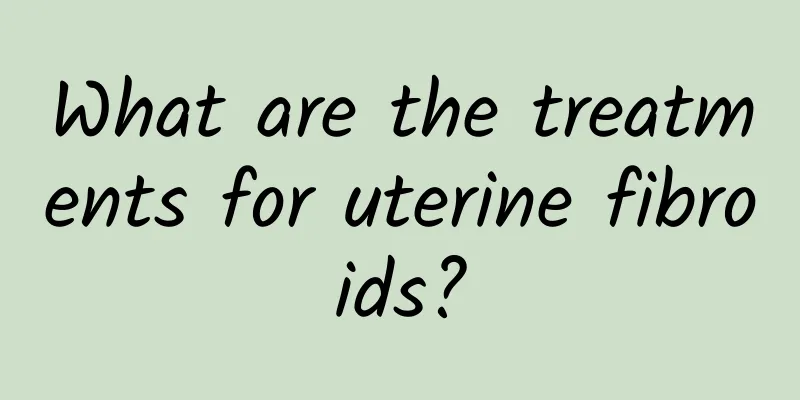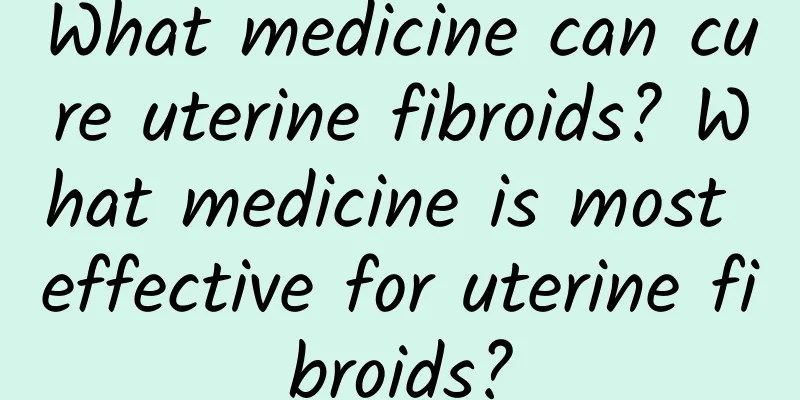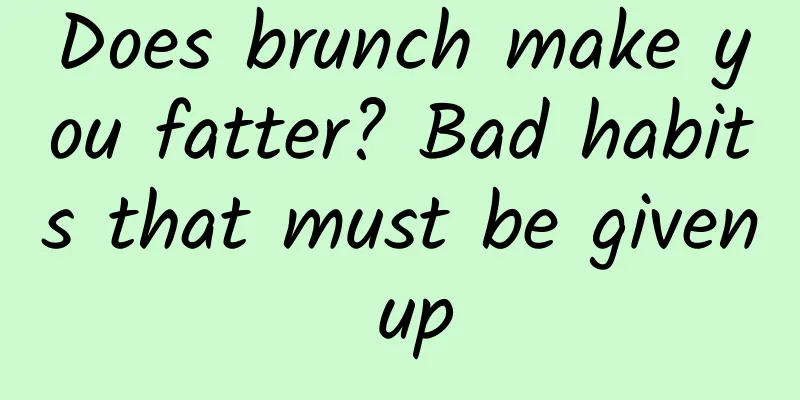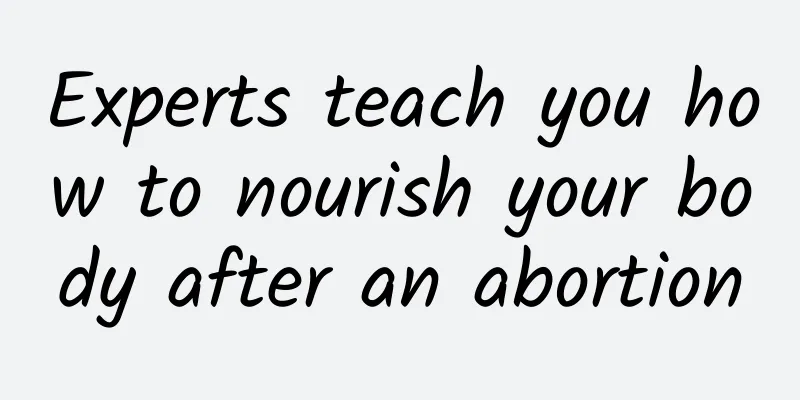What are the treatments for uterine fibroids?

|
With the advancement of medical technology, the treatment methods for uterine fibroids are different. So what are the treatment methods for uterine fibroids ? The following will introduce the treatment methods for uterine fibroids. Common treatments for uterine fibroids include: 1. The treatment of uterine fibroids is firstly follow-up observation: For those whose fibroids are smaller than 8 weeks of pregnancy, without obvious symptoms, or those whose uterus is smaller than 12 weeks of pregnancy, with normal menstruation and no compression symptoms in near-menopausal women, temporary observation can be performed. Follow-up examinations should be conducted every 3 months. Generally, after menopause, due to the decrease of estrogen levels, fibroids can gradually shrink. If the fibroids are found to be enlarged or the symptoms are obvious during the follow-up period, the possibility of malignant transformation of fibroids should be considered. Surgery should be performed in time. 2. Drug treatment: For patients with heavy menstrual flow and uterine enlargement to about 8 weeks of pregnancy, androgen treatment can be used after diagnostic curettage to exclude endometrial cancer. Androgen has the effect of counteracting estrogen, promoting endometrial atrophy, contracting the myometrium and vascular smooth muscle, and reducing bleeding. Methyltestosterone and testosterone propionate are commonly used, but the dosage and method should be under the guidance of a doctor to avoid improper use of drugs, causing endocrine disorders, masculinization, etc. This is also a common treatment for uterine fibroids. 3. Interventional therapy for uterine fibroids: Interventional therapy for uterine fibroids is a non-surgical method that inserts an extremely thin catheter into the blood supply artery or nutrient vessel of the uterine fibroids to block the blood supply of the fibroids, causing them to lose nutrition and self-necrotize, atrophy, or even disappear. This method is suitable for all types of fibroids, has no obvious contraindications and complications, and has the advantages of less trauma, low cost, less pain, no need for blood transfusion during surgery, and fast recovery. It also preserves the patient's reproductive function. Clinically proven, the efficacy is 96%, 100% of the increased menstrual volume is reduced, and 97% of the pelvic compression symptoms and the feeling of falling disappear. It is a new treatment for uterine fibroids. The above is an introduction to the treatment of uterine fibroids. I hope it will be helpful to patients with uterine fibroids. Patients with uterine fibroids should choose the treatment method suitable for them according to their actual condition. For more information, please visit the uterine fibroid disease special topic at http://www..com.cn/fuke/zgjl/ or consult an expert for free. The expert will then give a detailed answer based on the patient's specific situation. |
<<: What are the precautions after painless abortion?
>>: Brief analysis of the symptoms of uterine fibroids
Recommend
Will both biochemical and threatened abortion cause bleeding?
Both biochemical and threatened abortion can caus...
You can lose weight even if you sit still! 3 exercises to reduce abdominal distension
This is the evidence of a famous model's post...
What are the typical symptoms of ectopic pregnancy?
As a relatively serious gynecological disease, ec...
When is the best time for medical abortion? Will it be painful?
Many female friends always think that medical abo...
What vegetables are better for patients with cervical precancerous lesions?
Everyone must actively grasp the dietary precauti...
How to prevent dysmenorrhea in winter?
Do you know how to prevent dysmenorrhea in winter...
What to do in the cold spring? Foot soaking is popular for weight loss
Spring is approaching, but the temperature differ...
Numbness and pain in hands and feet... Study: Lipoic acid can relieve peripheral neuropathy caused by cancer chemotherapy
Cancer has been ranked first among the top ten ca...
What is the cure rate of chocolate cysts? What are the methods for treating chocolate cysts?
What is the cure rate of chocolate cysts? What ar...
What is the differential diagnosis of ovarian cysts and what tests are needed?
What is the differential diagnosis of ovarian cys...
What should pregnant women do if they have uterine fibroids? Is surgery necessary for uterine fibroids?
Pregnancy is a happy thing in a woman's life,...
Is the treatment of endometrial thickening expensive?
Endometrial thickness is a type of gynecological ...
Recommended quality public hospitals for amenorrhea
Many female friends have encountered the problem ...
What are the preventive measures for uterine fibroids?
Uterine fibroids are the most common benign tumor...
The occurrence of cervical erosion is related to many habits
Cervical erosion is a common gynecological diseas...









